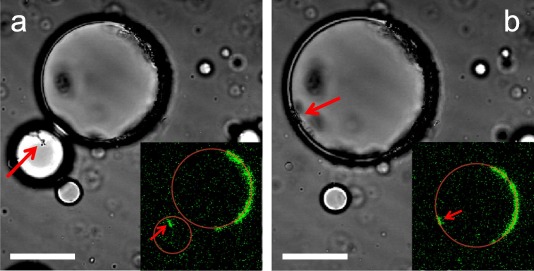Our work on the effect of nanoparticles on the coalescence mechanism in polymer blends has now been published in Journal of Colloid and Interface Science (open access).
Multiphase liquids with a droplet-in-matrix morphology are ubiquitous in many industries, from food to cosmetics and pharmaceuticals to plastics. The challenge is to control the average droplet size, which is a key parameter for the performance of the material.
We demonstrated that tiny amounts of nanoparticles at the polymer-polymer interface can unexpectedly trigger coalescence. We thus introduced a novel “bridge-to-drain” coalescence mechanism, according to which particle bridging prolong the contact time of droplets enabling matrix drainage. In this process, partial surface coverage is crucial for droplet collision ending in coalescence, and we defined a critical droplet coverage factor was defined, above which coalescence is suppressed.
This work is carried out in the framework of the CLEAN project, together with our colleagues at Department of Chemical, Materials and Production Engineering – University of Naples Federico II.

